04 Jul
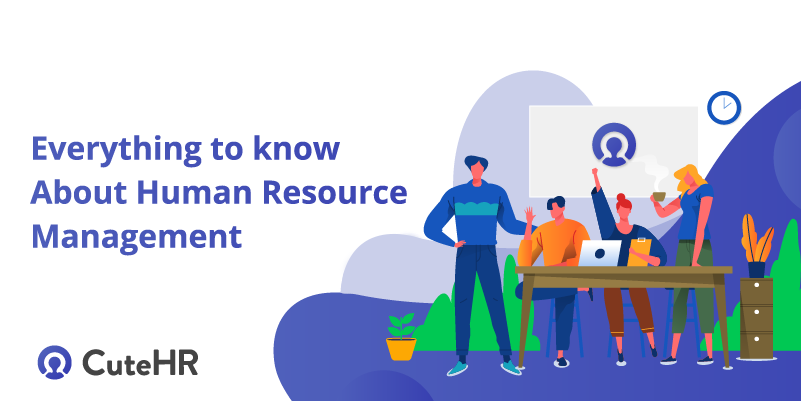
People are crucial to the success of any organization and are not merely means to achieve end objectives and goals of the company. With globalization, Human Resource Management or Personnel Management as it was called in earlier days has transformed. The Workforce is today one of the most critical company asset and organizations are paying a lot of attention in building and cultivating a strong asset in them.
To win the marketplace, you must first win the workplace.
–Doug Conant
Table of Contents
What is Human Resource Management?
Human resource management (HRM) is the strategic approach towards effective people management in a company or organization such that it helps the business gain a competitive advantage. It is designed to maximize employee performance in the service of an employer’s strategic objectives. Human resource management is primarily concerned with the management of people within organizations, focusing on policies and systems also overseeing employee-benefits design, employee recruitment, training and development, performance appraisal, and reward management.
Human Resource Management also concerns itself with organizational change and industrial relations and involves developing and administering programs that are designed to increase the effectiveness of an organization or business. It is aimed at synergizing the entire spectrum of creating, managing, and cultivating the employer-employee relationship.
HRM was initially centred around transactional work and basic administration and benefits, but thanks to globalization, technological advancement, and further research in the HR field, it today focuses on multiple strategic initiatives like mergers and acquisitions, talent management, succession planning, industrial and labor relations, and diversity and inclusion to name a few.
At the macro-level, Human Resource Management is aimed at overseeing organizational leadership development and culture. It is accountable for building a positive work environment to foster better employee engagement.
Functions of Human Resource Management Department
Let’s try and look at the various broad functions and tasks that The Human Resource Department are involved in:
Staffing the right resources
Recruitment is very competitive as every company wants the best candidate. HRM manages to scout for the right talent and implementing effective hiring strategies to build the right talent pool for the company.
This can encompass determination of the skills and experiences necessary to adequately perform in a position, identification of job and industry trends, and anticipation of future employment levels and skill requirements. Job analysis and right recruitment strategies are the cornerstones of HRM practice because it validates right hiring, establishes wages, determines training needs, and make other important HRM decisions.
HR Policies and Structure for business planning
One of the main operational tasks with Human Resource is to progressively fine-tune policy framework within the organization and also ensure it is being followed. An HR is responsible to frame human resource planning to forecast for less risky business.
Utilization and Maintenance of Employee Workforce
This involves designing an organizational framework that makes maximum use of an enterprise’s human resources and establishing systems of communication that help the organization operate transparently manner. Other responsibilities in this area include safety and health and worker-management relations which entails ensuring workplace safety and a conducive work environment.
Maintenance tasks related to workforce management that includes working with labor unions; handling grievances related to misconduct, such as theft or sexual harassment; and devising communication systems to fostering cooperation and a shared sense of mission among employees.
Performance and Reward Management
Performance appraisal is the practice of assessing employee job performance and providing the necessary feedback. Performance measurements are very important both for the organization and the individual, for they are the primary data source that is used in determining salary increases, promotions, and, in the case of workers who perform unsatisfactorily, dismissal.
Rewards and Recognition is another important aspect of human resource management and is a mechanism by which organizations provide their workers with rewards for past achievements and incentives for high performance in the future.
Training & Development
This is about taking care of an Employee’s complete journey with the organization and overlooking a proper succession plan for the individual. Human Resource Management ensures in creating various strategies for growth and learning of the employee to keep him/her updated and aligned to the company’s business goals.
HR is responsible for researching and understanding employees’ training needs, and for initiating and evaluating employee development programs designed to address those needs.
To understand how HRM is positioned in any organization, we need to know that HRM structures vary widely from business to business, shaped by the type, size, and governing philosophies of the organization that they serve. But most organizations organize HRM functions around the clusters of people to be helped-; they conduct recruiting, administrative, and other duties in a central location.
A cascade of dynamically changing business conditions, changing organizational structures and transition from typical hierarchy to flat organizations, and changing leadership has been forcing human resource departments to alter their role and function accordingly.
Previously, companies structured themselves on a centralized and compartmentalized basis-; head office, marketing, manufacturing, etc. They now seek to decentralize and to integrate their operations thereby developing cross-functional teams. Today, senior management expects HR to move beyond its traditional, compartmentalized ‘bunker’ approach to become a more integrated, decentralized support function to the organization. This has led to an increasingly common trend in human resources to decentralize the HR function and make it accountable to specific line management.
However, HR will retain a centralized functional relationship in areas where specialized expertise is truly required like compensation and recruitment responsibilities. Let us understand a broad categorization and structure of Human Resource Management basis the different levels of responsibilities that the department oversees.
Structure of Human Resource Management
Human Resource Department responsibilities are generally subdivided into three areas
- Individual Management
- Organizational Development
- Managing Career Development
Individual Management
It entails helping employees identify their strengths and weaknesses and overcoming their shortcomings thereby making their best contribution to the enterprise. These duties are carried out through a variety of activities such as performance reviews, training, and testing. This also involves managing individual employees’ requirements related to salary, job security, perks, and benefits.
Organizational Development
This meanwhile focuses on fostering a successful system that maximizes human (and other) resources as part of larger business strategies and aligns them to achieving business goals. This important duty also includes the creation and maintenance of a change program, which allows the organization to respond to evolving outside and internal forces. This also means reviewing the company’s policy systems and ensure they are tuned with the overall business strategy.
Managing Career Development
This area focuses on matching individuals with the most suitable jobs and career paths within the organization and revolves around streamlining various mentorship models and succession planning.
Why Human Resource Management is Important?
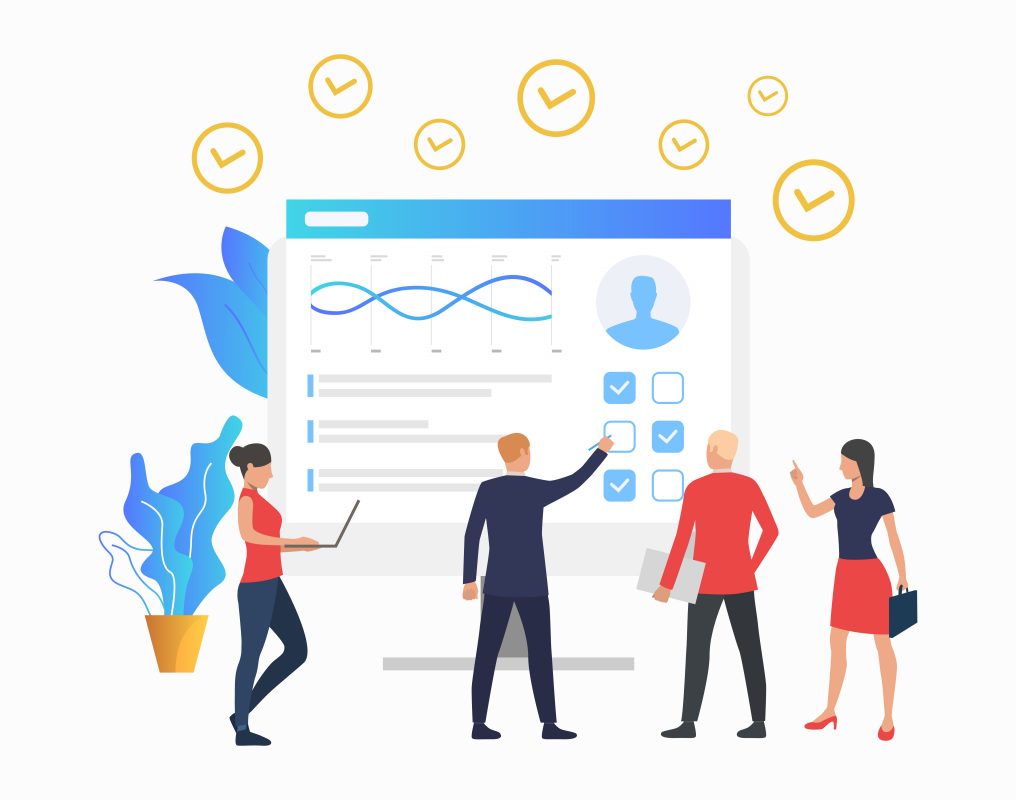
Human Resources is important to all organizations in myriad areas, ranging from strategic planning to build company image. Human Resource control and engagement enhances employees’ experience throughout the workforce while strengthening business operations. Various factors that define its critical importance include:
Strategic Management:
Human Resource improves the company’s bottom line with its knowledge of how human capital impacts organizational success and growth. Leaders with expertise in HR strategic management participate in decision-making that explains current staffing assessments and projections for future workforce needs to be based on business demand and scenario.
Analyzing and Building strong Compensation Structure:
HR compensation specialists develop realistic and robust compensation structures that align company wages competitive with other businesses in the industry. These Specialists conduct extensive wage and salary surveys to maintain compensation costs in line with the organization’s current financial status and projected revenue growth.
Safety and Risk Management:
Workplace safety and risk management are critical for an employer to ensure it to their employees. The HR department manages various compliances around providing safety at work and discouraging any misconduct or sexual harassment situations.
Conflict Management:
HR manages employee relations thereby minimizing the organization’s liability related to allegations of unfair employment practices. They identify, investigate and resolve workplace issues that, might get unattended and could spiral out of control thereby embroil the organization in legal matters about federal and state anti-discrimination and harassment laws.
Building Employer-Employee relations:
HR interventions help build Employee relations in the organization to achieve high performance, morale and satisfaction levels throughout the workforce. They administer employee opinion surveys, conduct focus groups and seek employee input regarding job satisfaction and ways the employer can sustain good working relationships.
Ensuring Compliances:
The Human Resource department ensures compliance with various federal and government laws. They enable them to keep records and take affirmative actions as per need against any disparate impact analysis.
Employee Satisfaction:
Human Resource Department aims to build a culture of high performance thereby achieving the morale and satisfaction of employees. They administer and conduct employee opinion surveys, conduct focus group discussions and seek employee input regarding job satisfaction and ways the employer can sustain and work towards creating good working relationships.
Human Resource Management as a Career
Being a Human Resource professional calls for sheer responsibility and accountability as this department takes care of the valuable human capital of the organization that runs the core of the business. Human Resource Management is a professional career that demands integrity, the confidentiality of employee information, and a high level of interpersonal communication abilities from its practitioners. Your ability to contribute to organizational development is the key to expectations as contributors.
The prospects of HR as a career vary with positions, experience or expertise. You can work as Generalist with involvement in End To End employee life cycle or a Specialist to attend to a particular HR Intervention. A new term of HRBP (Human Resource Business Partner) is getting popular which defines a strategic alliance of HR Function with the overall business strategy.
Apart from a set degree, there are numerous HR Certifications in various HR Verticals that can also accelerate growth in the field. But it is more about your passion and People’s skills that ultimately define your success and progress in the field.
Virtual Human Resource
Technology has made a significant impact on HR practices over the years. Utilizing technology makes information more accessible within organizations, eliminates delays in doing administrative tasks, allows businesses to function globally, and cuts costs. Information technology has improved HR practices in the following areas:
- E-recruiting
- Employee Training
- Human Resources Information Systems
E-recruiting
Recruiting has largely been influenced by information technology. In the past, recruiters relied on printing in newspapers and word of mouth to fill open positions. HR professionals were not able to post a job for more than one location easily and did not have access to millions of people, causing the lead time of new hires to belong stretched and tiresome.
With the use of e-recruiting tools, HR professionals can post jobs and track applicants for thousands of jobs in various locations all in one place. Interview feedback, background checks, and onboarding can all be performed and viewed online. This helps HR professionals keep track of all of their open jobs and applicants in a way that is faster and easier than before. E-recruiting also helps eliminate the limitations of geographic location.
Jobs can be posted and seen by anyone with internet access. In addition to recruiting portals, HR professionals often have social media presence through websites such as LinkedIn, allowing them to attract employees through the internet. On social media, they can help build the company’s brand by posting company news and photos of company events to create positive awareness and employer branding.
Employee Training
Technology allows HR professionals to train new staff members in a much more effective manner. This gives employees the ability to access training programs from virtually anywhere. This eliminates the need for trainers/recruiters to meet new hires face-to-face when completing the necessary paperwork for new employees. Training in virtual classrooms makes it possible for HR professionals to train a large number of employees quickly and to assess their progress through software testing programs. Employees have greater control over their learning and development process; they can engage in training at a time and place of their choosing, which can help them manage their work-life balance. Managers can track the training through the internet, which can help to reduce redundancy in training and ultimately brings down the training costs.
Human Resources Information Systems
HR professionals generally handle large volumes of paperwork daily basis, ranging from department transfer requests and data to confidential employee tax forms. Forms must be on file for a considerable time for any future reference. The use of Human Resources Information Systems (HRIS) has made it possible for companies to store and retrieve files in an electronic format for people within the organization to access whenever required, thereby eliminating the need for physical files and freeing up space within the office.
HRIS also allows for information to be accessed in a timelier and faster manner; files can be accessible within seconds. Having all of the information in one place also allows for professionals to analyze data quickly and across multiple locations because the information is in a centralized location. Not only that it has also helped to maintain various records about leave and attendance and do basic transactions accordingly.
Change in Human Resource Management over the years:
In recent years, several economic trends have had a significant impact on the broad structure of HRM. Chief among is the advancement and up gradation in new technologies. These new technologies, particularly in the areas of electronic communication and information dissemination have dramatically altered the business landscape and how they operate.
Advancement in Satellite communications and digital and mobile technology have all facilitated change in how businesses interact with each other and their workers. Most of the human Resource transactions today are digitally aligned and technologically driven which has in a way given a certain pace to the whole functional domain.
Changes in organizational structure have also influenced the changing face and structure of human resource management. There is a decline in union representation in many industries. Also, organizational philosophies have undergone transformational change. Many companies have scrapped or adjusted their traditional, hierarchical organizational structures to flatter management structures. As per HRM experts, this shift in responsibility brought with it a need to reassess job descriptions, appraisal systems, and redefine other elements of personnel management.
Few Changing trends in Human Resource Management
Meaningful contributions to business processes are increasingly recognized as within the purview of active human resource management practices. Of course, human resource managers have always contributed to overall business processes in certain respects-; by disseminating guidelines for and monitoring employee behaviour,
Now, increasing numbers of businesses are incorporating human resource managers into other business processes as well. In the past, human resource managers were cast primarily in a support role function in which their thoughts on cost/benefit justifications and other operational aspects of the business were rarely solicited.
The changing character of business structures and the marketplace are making it increasingly necessary for business owners and executives to encourage greater involvement in the human resource aspects of the operation. Let us study these changes in HRM.

1. Data Analytics is creating a difference.
Earlier: HR was working on metrics to understand the workforce organizational structure, cost, and HR initiatives but they were not skilled enough with data filtering, reading, and analytics.
Now: Data is money and every HR Professional understands the value of this data to channelize the right strategy for human resource management. With data fuel, we are able to observe better productivity in the team as every metric from workforce performance is analyzed and concluded to get results for better business growth.
2. Career development has become agile
Earlier: The workforce was more loyal towards their employer and wanted to grow up the ladder in an organization. According to McKinsey Global Institute, it was studied that 1 out of 4 people love to go with working purposefully and stay agile.
Now: The Agile workforce has increased with time and human resource management is more engaged in talent acquisition. So, the human resource department makes sure that talent acquisition is done such that they are not deployed for life but they are offered better skill and growth in terms of skills in return of loyalty that is purposeful.
3. Shift towards Technology
Advancement in Satellite communications and digital and mobile technology have all facilitated change in how businesses interact with each other and their workers. Most of the human Resource transactions today are digitally aligned and technologically driven which has in a way given a certain pace to the whole functional domain.
4. Feedback on performance
Earlier: Companies used to have an annual feedback review to identify employee performances. Sometimes, the annual strategy went draconian on other employees in the team which ended up in people signing off from the workplace. To give an example, The microsoft used a feedback mechanism called rank and yank which they changed to a better connect feedback system.
Now: The feedback mechanism works more on the connect system where the analysis and feedback are done in a few month’s gaps. According to a study by HR outsourcing company TriNet. 85% of Millennials would feel more confident if they had more-frequent performance conversations with their managers.
There will be many changes seen in the coming new years. Some companies even don’t want the HR Department in their companies which is an outcome of technology and automation taking over human resources. This overtaking is only happening in startup and small scale businesses but when never knows how technology can bring differences.
Conclusion on Human Resource Management
With the boom of growing Startup culture, many small businesses have crawled into the marketplace and creating a niche through product innovation. A small business’s human resource management needs are not of the same size or complexity as those of large firms. Nonetheless, even a business that carries only two or three employees faces important personnel management issues and indeed has a greater scope of HR Business Partnership.
Human Resource Management is integral today for the existence and successful sustenance of a company of any size and nature. An effectively structured HR department contributes and impacts the ethos of the entire organization.

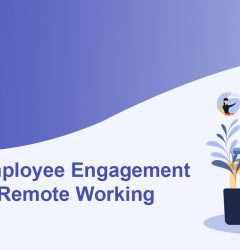
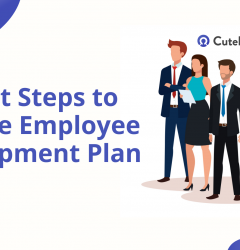
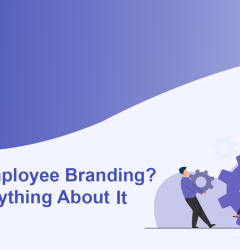









Jyoti Kapoor